Google Lens, a powerful visual search tool, has transformed how users interact with the digital world.
By allowing users to perform searches using images rather than text, Google Lens has created a new paradigm for online visibility.
For businesses and content creators, understanding how to optimize for Google Lens is essential to staying ahead in the ever-evolving landscape of search engine optimization (SEO).
Topics
- What is Google Lens?
- Comparison Between Visual Search and Text-Based Search
- Why Google Lens Matters for SEO?
- Increased Visual Searches
- Enhanced User Experience
- New Opportunities for Visibility
- Key Factors Influencing Google Lens SEO
- Steps to Optimize for Google Lens
- Use High-Quality, Relevant Images
- Optimize Image Metadata
- Implement Structured Data
- Leverage Google My Business
- Focus on Mobile-Friendly Design
- Encourage User-Generated Content
- Regularly Audit Your Visual Assets
- Which Niches or Businesses Benefit the Most from Google Lens SEO?
- Retail and E-Commerce
- Hospitality and Travel
- Real Estate
- Food and Beverage
- Health and Beauty
- Educational Institutions
- Local Businesses
- Automotive
- The Future of Visual SEO
- Conclusion
01. What is Google Lens?
Google Lens is an AI-powered visual search tool that identifies objects, text, and scenes within an image to provide relevant search results. Integrated into the Google ecosystem, it leverages machine learning to interpret visual data and deliver actionable information.
From identifying products and landmarks to translating text and solving math problems, Google Lens bridges the gap between the physical and digital world.
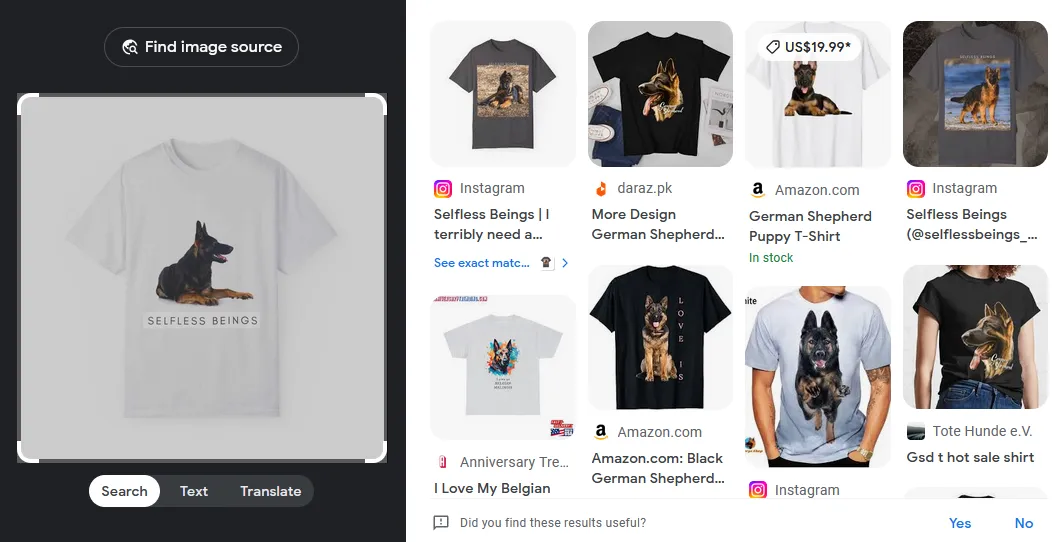
02. Comparison Between Visual Search and Text-Based Search
A comparison table for Visual Search and Text-Based Search:
| Feature | Visual Search | Text-Based Search |
|---|---|---|
| Definition | Search using images or visual inputs as the query. | Search using text-based keywords or phrases as the query. |
| Input Type | Image, photo, or screenshot. | Typed or spoken text input. |
| Technology Used | Computer vision, image recognition, and AI. | Natural language processing (NLP) and search indexing. |
| Use Cases | Identifying objects, landmarks, products, or translating text from images. | Searching for information, locations, products, or concepts using text. |
| Accuracy | Dependent on image quality and context; may struggle with abstract queries. | Highly accurate if the query is well-phrased and specific. |
| Speed | Typically fast but may require preprocessing of the image. | Usually instantaneous with optimized search engines. |
| Complexity | More complex due to the need for image analysis. | Simpler as it relies on keyword matching and semantic analysis. |
| Examples of Tools | Google Lens, Pinterest Lens, Amazon Visual Search. | Google Search, Bing, DuckDuckGo, and other search engines. |
| Advantages | Useful for visual contexts, no need to describe an object in words. | Easy to use, well-suited for abstract or complex queries. |
| Challenges | Limited by visual context, cannot interpret abstract intent well. | Limited by the user’s ability to describe their query in words. |
Text-based search remains the predominant method for online information retrieval, with Google handling over 90% of global search engine queries. (Source: Online search market worldwide – statistics & facts – Statista).
Visual search, while growing in popularity, is used less frequently. As of August 2024, 10% of U.S. adults reported regular use of visual search, with an additional 42% expressing some interest in using the tool. (Source: Amazon, Google enhance visual search features – eMarketer).
Among younger demographics, adoption is higher; 30% of U.S. adults aged 34 and younger have used visual search for shopping, and 12% use it regularly. (Source: Younger shoppers are trying out visual search -eMarketer).
Additionally, Google Lens processes 12 billion searches per month globally, indicating significant engagement. (Source: 34 Eye-Opening Google Search Statistics – Semrush).
03. Why Google Lens Matters for SEO?
Below are the reasons why Google Lens matters for SEO:
01. Increased Visual Searches
With the rise of mobile devices and camera-centric technologies, visual searches are becoming mainstream. Google Lens is at the forefront of this trend.
Visual search is projected to grow significantly, with 62% of millennials expressing a preference for visual search capabilities over any other new technology (Source: How Retailers can Leverage Visual Search for Success – ViSenze).
02. Enhanced User Experience
Visual search simplifies complex queries by allowing users to “point and shoot” rather than type. In fact, studies show that 36% of consumers have used visual search, highlighting its growing adoption.
03. New Opportunities for Visibility
Businesses can appear in visual search results, driving traffic and engagement from a previously untapped channel. Retailers like Target and Home Depot have reported increased online engagement and conversions after adopting visual search technologies.
04. Key Factors Influencing Google Lens SEO
To optimize for Google Lens, it’s essential to understand how visual search engines process and rank content.
Key factors include:
- Image Quality: High-resolution images are more likely to be accurately recognized by Google Lens.
- Alt Text and Metadata: Detailed alt text, captions, and EXIF(Exchangeable Image File Format) metadata help Google understand the context of your images.
- Schema Markup: Structured data provides additional context, improving the chances of your images appearing in relevant visual search results.
- Relevance and Context: Images should be contextually relevant to the associated content on the page.
- Mobile Optimization: As Google Lens is predominantly used on mobile devices, ensuring a mobile-friendly website is critical.
05. Steps to Optimize for Google Lens
Below are the 7 steps to optimize for Google Lens:
01. Use High-Quality, Relevant Images
Investing in professional photography or using high-quality stock images can significantly elevate the visual appeal of your content. Sharp, well-lit, and clutter-free images create a polished and professional impression, helping to capture attention and convey your message effectively.
02. Optimize Image Metadata
Optimize image metadata to enhance search visibility and accessibility. Use descriptive, keyword-rich alt text that accurately conveys the image content, helping both search engines and users. Include relevant titles, captions, and EXIF data where possible to provide additional context and improve indexing.
03. Implement Structured Data
Utilize schema markup to tag products, places, and other entities in your images, making them more discoverable by search engines. Depending on your content, apply types like Product, Recipe, or LocalBusiness schema to provide structured data that enhances search engine understanding.
RELATED
04. Leverage Google My Business
Leverage Google My Business to enhance your local online presence. Ensure your listing features high-quality photos that showcase your business, products, or services. Tag images with accurate location data to help potential customers find you more easily.
RELATED
- How to Use Google My Business for Small Businesses | Guide
- How to Optimize for “Near Me” Searches for Local Services
- Local SEO Tips for Photographers: Boost Visibility & Attract Clients
05. Focus on Mobile-Friendly Design
Implement responsive web design to ensure images display correctly, maintaining their quality and layout on screens of any size. Optimize page load speed by compressing images and using modern formats to prevent delays that could lead to user abandonment.

| || Looking for amazing mobile-optimized responsive themes starting from $2? Find Here. Looking for a fast-performance web-hosting? Get Here. |
06. Encourage User-Generated Content
User Generated Content (UGC) refers to any form of content created and shared by users of an online platform, rather than by the platform itself or its professional staff. UGC can take many forms, including text, images, videos, reviews, and more.
Encourage customers to share photos of your products or services, tagged with your brand. These images can be indexed and linked to your business in visual searches.
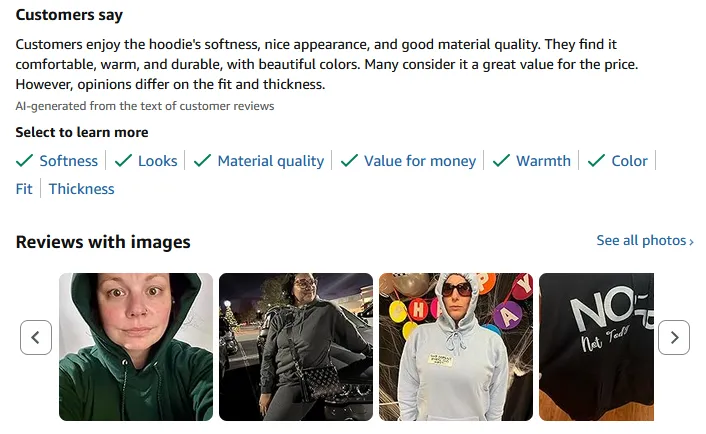
07. Regularly Audit Your Visual Assets
Using tools like Google Search Console to monitor the performance of your images in search results. Google Search Console provides valuable insights into how your images are performing, including the number of impressions, clicks, and the search queries that lead users to your images.
Regularly reviewing this data helps you identify which images are driving traffic and which ones may need improvement. Updating outdated or low-quality images with fresh, high-quality visuals can significantly enhance user engagement and search rankings.
RELATED
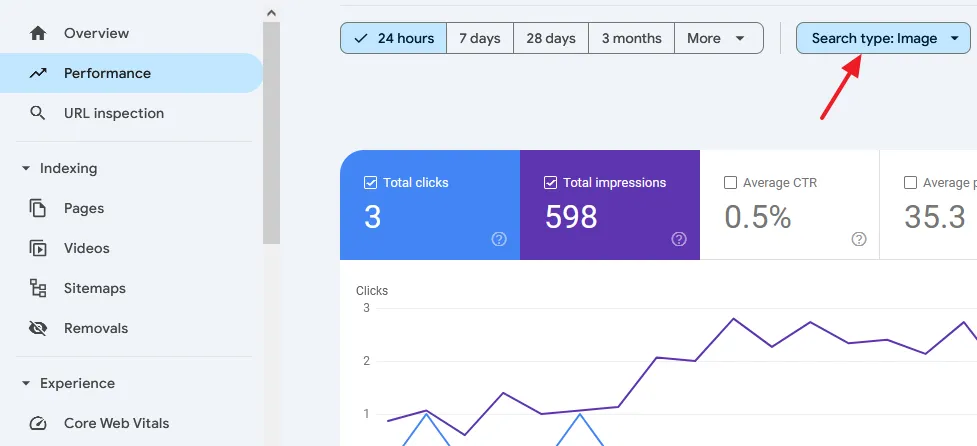
06. Which Niches or Businesses Benefit the Most from Google Lens SEO?
Google Lens SEO can offer significant advantages to a variety of industries, especially those that rely heavily on visual content.
01. Retail and E-Commerce
Visual search is a game-changer for online retailers. By optimizing product images, businesses can help users find similar items, boosting visibility and sales.
Example: Fashion, furniture, and home decor brands can capitalize on users searching for specific styles or patterns.
RELATED

02. Hospitality and Travel
Hotels, restaurants, and attractions can use Google Lens to highlight unique features, menus, or landmarks.
Users can discover nearby attractions or restaurants through image recognition, driving foot traffic and bookings.

03. Real Estate
High-quality property images optimized for visual search can attract potential buyers or renters.
Virtual tours and 3D images enhance the user experience and improve engagement.

04. Food and Beverage
Restaurants and cafes can optimize menu images or food photos, making it easy for users to find dishes or establishments via Google Lens.

05. Health and Beauty
Brands in skincare, cosmetics, and wellness can utilize visual search to help users find specific products by uploading photos of packaging or products.

06. Educational Institutions
Schools and universities can benefit by showcasing campus facilities or unique offerings through optimized visual content.

07. Local Businesses
Any local business, from florists to repair shops, can use Google Lens SEO to improve visibility by ensuring their images are geo-tagged and optimized.
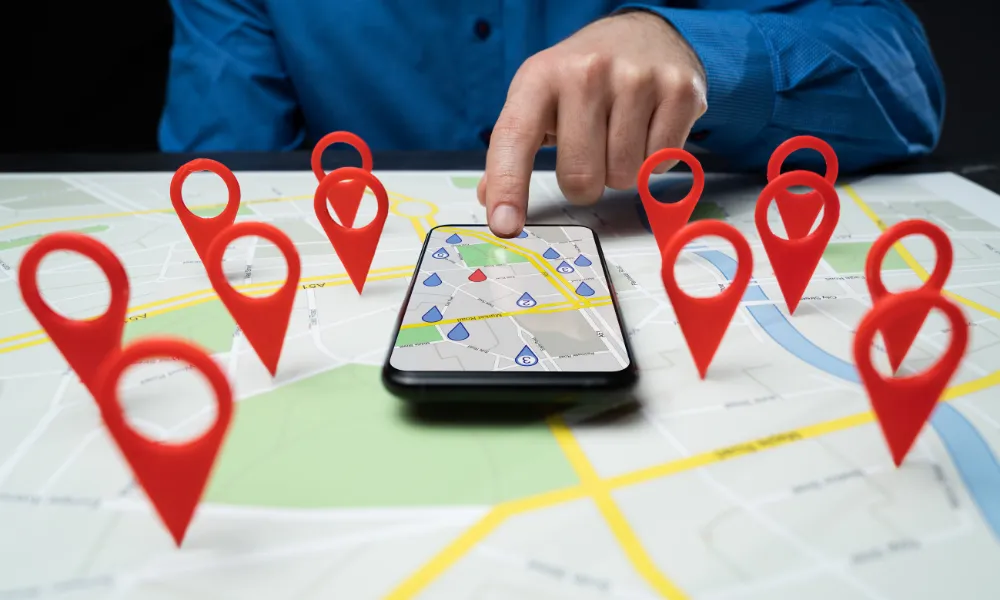
08. Automotive
Car dealerships and manufacturers can optimize vehicle images to help users identify models, compare features, or locate dealerships.

07. The Future of Visual SEO
As technology evolves, the importance of visual SEO will only grow. Google Lens, augmented reality (AR), and other visual search tools will redefine how users discover information online.
By 2025, the global visual search market is projected to reach $150.43 billion, growing at a compound annual growth rate (CAGR) of 17.4% during the forecast period 2024–2032. (Source: Visual Search Market Trend, Share, Growth, Size, Analysis and Forecast 2032).
Additionally, insights from The Insight Partners suggest that the visual analytics market, a related domain, was valued at $2.21 billion in 2017 and is expected to grow to $5.71 billion by 2025, reflecting the widespread adoption and relevance of visual technologies. These statistics underline the transformative potential of visual search and SEO strategies. (Source: Visual Analytics Market to hit $5.71Bn by 2025 – Premium Study by The Insight Partners)
Conclusion
Google Lens SEO represents a unique opportunity to capture and engage a visually inclined audience. By focusing on high-quality images, optimizing metadata, and embracing structured data, businesses can position themselves for success in the visual search era. As visual search continues to rise in prominence, investing in these strategies today will yield significant rewards in the future.
If you like this post then don’t forget to share with others. Share your feedback in the comments section below.
Also Read
- How to Optimize Images For Pinterest SEO
- How to Repurpose Content for Different Platforms
- Voice Search Trends 2025 and Beyond
- How to Optimize Your Blog for Voice Search
- Technical SEO for Bloggers Without Coding Skills
- How to Increase Organic Traffic to a Food Blog
- Blogging Automation Tips for Beginners
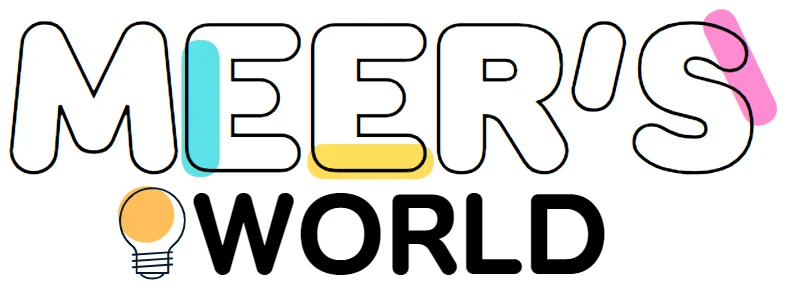
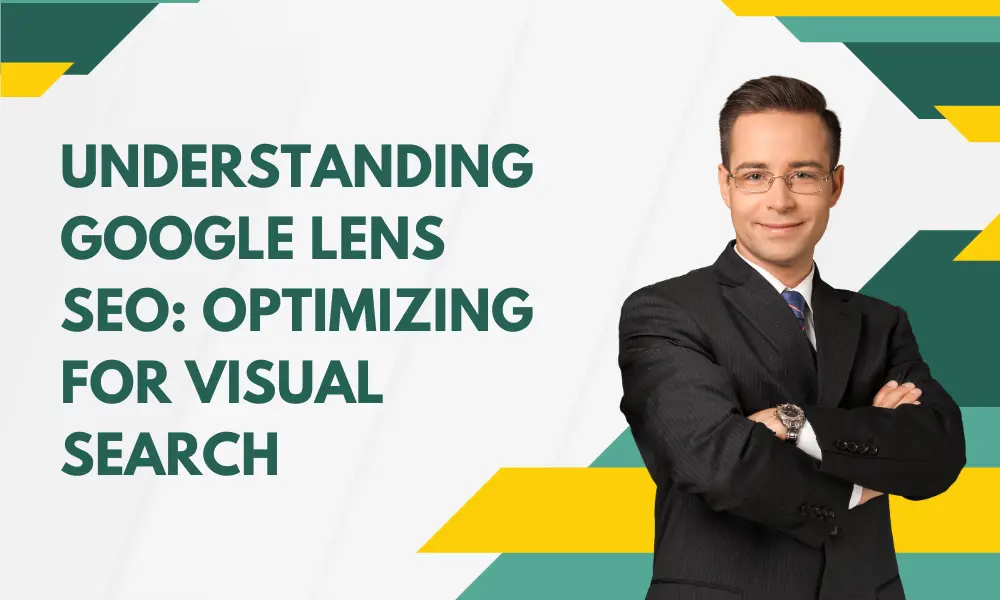
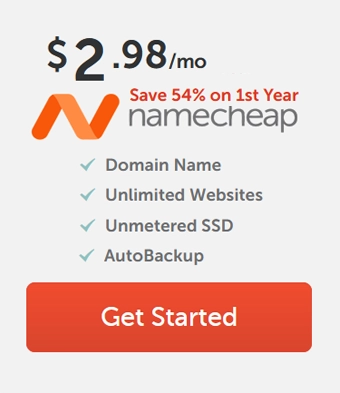
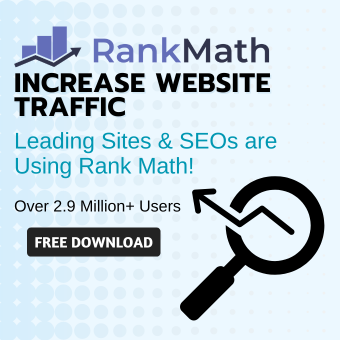
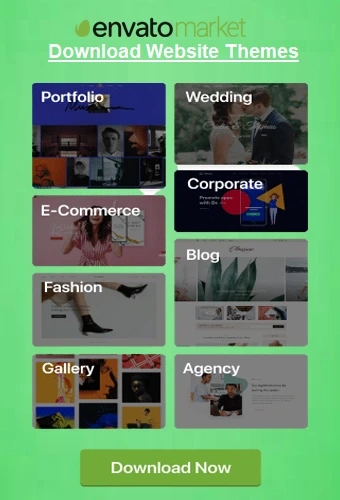
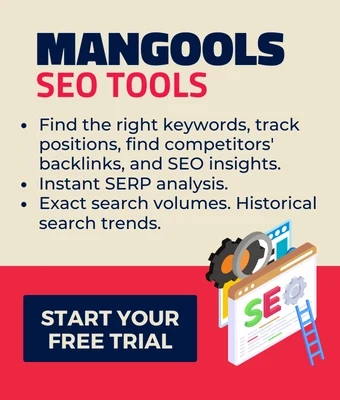
Leave a Reply